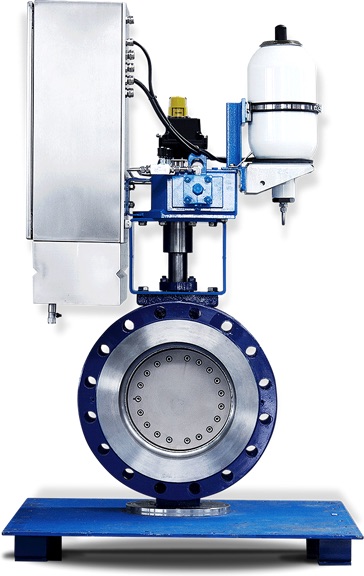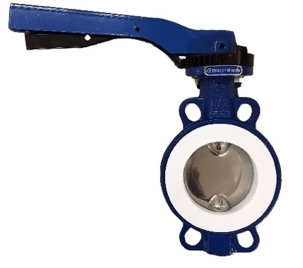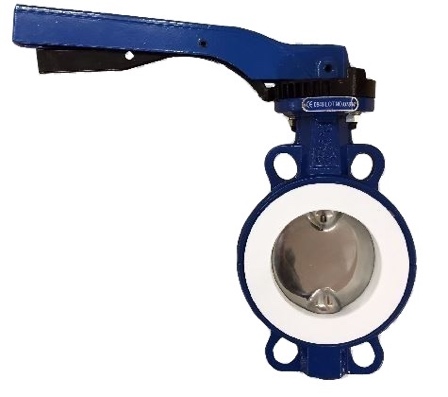
Different types of butterfly valves
Butterfly valves are commonly used in the pharmaceutical, chemical and food industries to interrupt product flow – such as solid, liquid or gas – within the process. In this article, BM Engineering Supplies explores the different types of butterfly valves available.
What is a butterfly valve?
A butterfly valve either isolates or regulates flow, using a disc closing mechanism. Operation is similar to that of a ball valve, which allows for quick shut off. Butterfly valves are generally favoured though because they are more cost-effective and lightweight than other valve designs. They deliver easier installation and significant cost savings compared to ball valves, especially at lager sizes.
Butterfly valves hail from the quarter-turn valve family. When the disc is rotated a quarter turn, the valve is either fully open or closed. The so-called “butterfly” is a metal disc mounted on a rod and when the valve is closed, the disc is turned such that it completely blocks the passageway. Fully opened, the disc is rotated a quarter turn to allow a near unrestricted passage of the fluid. It can also be opened incrementally to throttle flow.
What are the different types of butterfly valves?
Triple-offset valves
The unique design of triple-offset valves prevents galling and scratches between the metal seat and the metal disc. The seal only ever comes into contact with the seat at the point of complete closure. Triple-offset valves are generally used in applications that require bi-directional tight shut-off. For example, in oil and gas, chemical factories, LNG/NPG terminal and tanks and shipbuilding. They are also used for dirty or heavy oil to prevent extrusion.
Wafer butterfly valves
Wafer butterfly valves are designed to maintain a seal against bi-directional pressure differential to prevent any backflow in systems designed for unidirectional flow. This is achieved with a tightly fitting seal, such as a gasket, o-ring, precision machined, and a flat valve face on the upstream and downstream sides of the valve.
Lugged butterfly valves
Lugged butterfly valves have threaded inserts at both sides of the valve body, enabling them to be installed in a system using two sets of bolts and no nuts. The valve is installed between two flanges using a separate set of bolts for each flange. This allows either side of the piping system to be disconnected, without disturbing the other side.
Lugged butterfly valves used in dead end service generally have a reduced pressure rating. A lugged butterfly valve mounted between two flanges will have a 150 psi pressure rating. Whereas, the same valve mounted with one flange will have a 75 psi rating in dead end service.
BM Engineering Supplies for all your butterfly valve requirements
BM Engineering Supplies stocks a wide range of butterfly valves from Unitech SRL and Zwick Armaturen. We can also supply actuated butterfly valves on a next-day basis if you require automation for your process. Our actuated packages include AtEx Exi and Exd, AS-i and 4-20mA control which can all be assembled, tested and dispatched on the same day.
Speak to one of BME’s knowledgeable advisers about your butterfly valve requirements today by calling 0141 762 0657 or email sales@bmengineering.co.uk. For more information please visit www.bmengineering.co.uk.test.



